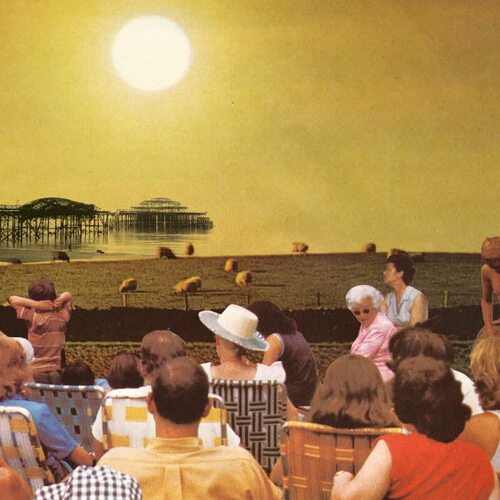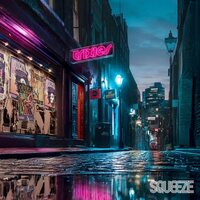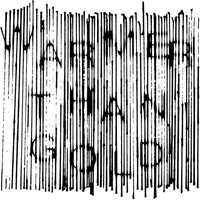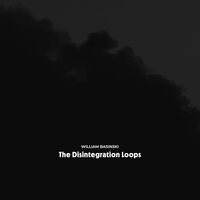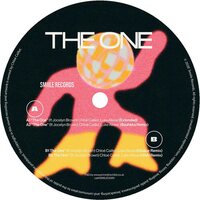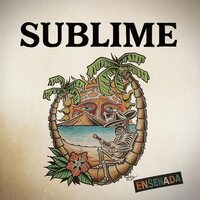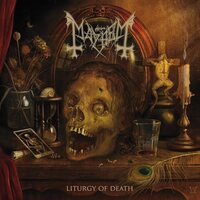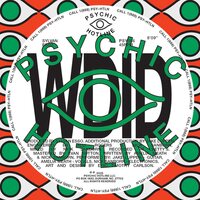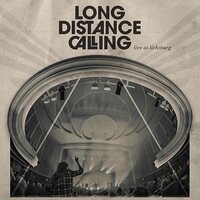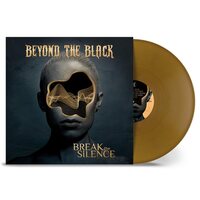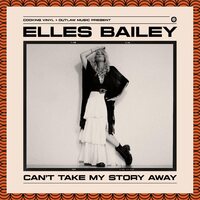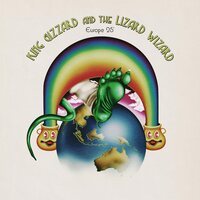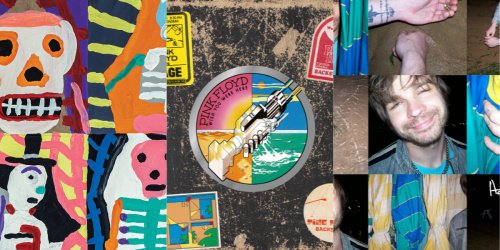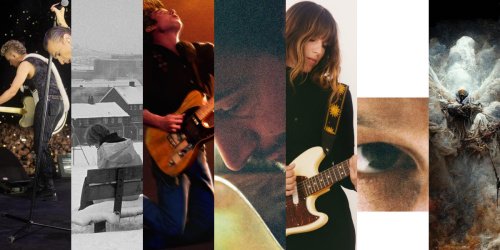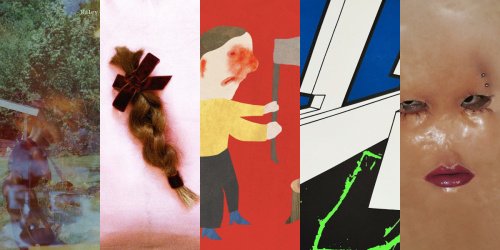The last couple of years have seen a renaissance for West Coast singer-songwriters. LA-based youngsters such as Drugdealer and Sylvie have attracted considerable attention releasing warm and mellow records tonally reminiscent of the early 70s. Most fans of this new/old sound are unaware of Bart Davenport's early explorations in the same sonic territory. His now 20-year-old 'Game Preserve'album should gain an appreciative new audience with it's first ever vinyl release.In the year 2000, Bay Area troubadour Bart Davenport and several other musicians were recruited by a major tech corporation in Seattle to work on an algorithm-based music matching/search engine. It was what looked like the beginning of a promising career. After a year, however, the project was shelved. Bart and his colleagues were laid off with a healthy severance package... on the 12th of September, 2001. Not only had the musician's life changed, so had the world. Rather than blow the money on a holiday or new car, Bart knew he had to make a record. A proper album that meant something.Back in Oakland, he entered Wally Sound Studios with former Kinetics bandmate Jon Erickson at the controls, and a swathe of talented local musicians. 'With Game Preserve,' Bart explains, 'Jon and I really wanted to knock it out of the park. I wanted to utilize people from my old bands like Loved Ones drummer John Kent. I also invited my newer indie-pop friends from Call & Response, and a young Nedelle Torrisi. Harmony singing by The Moore Brothers was an essential ingredient on Game Preserve as well.'Both Erickson and Davenport fondly recall growing up in households where the music of The Carpenters, Joni Mitchell and The Eagles soundtracked their young lives. By the early 00s they were ready to reconnect with what is often referred to as the 'Laurel Canyon' sound. 'I'd buy used tapes at garage sales and play them in the car. 'Ladies Of The Canyon' by Joni and Jackson Browne's first album were both in heavy rotation. Jon Erickson was getting deeper into the Steely-Mac-Doobie yacht-rock sound in earnest. A certain amount of childhood nostalgia led a lot of us back to that part of the 70s. I'd flirted with classic soft-rock on my first album, but that record was pretty scattered esthetically. I wanted my next one to be more focused. Jon and I made some ground rules: no electric guitars (except on 'Bar-Code Trees'). No synths. Most importantly, all the songs have an air-tight, super dead, close mic'd drum sound. Putting these sorts of limitations on the sessions will give your record a specific quality. In the case of 'Game Preserve' it's mostly about tight drums, acoustic instruments and analog production. We used a 24-track, two-inch tape machine for tracking, then ran the mixes through an analog board straight to a 1/4 inch master tape.'While the album's sonic palette may be firmly planted in 1970, Davenport's songwriting covers a sizable landscape of moods and reflections. From the quasi-flamenco intro of 'Sweetest Game' to the somber Wurlitzer of 'Nowhere Left To Go', to the 12-string shimmer of 'Intertwine', 'Game Preserve' tells a story of young love, lost innocence and redemption, crossing borders and oceans along the way.Released in 2003 on family-run Oakland label Antenna Farm, the ultra-analog sounding 'Game Preserve' was only made available on digital formats, including CD. Copies were later pressed by labels in Germany and Spain; the latter being one country the album actually did well in, establishing Bart Davenport with a small but loyal fanbase he still enjoys today. Two European tours as support for Kings of Convenience also helped gain a foothold on the continent. Back in the US, however, Davenport and his sophomore album remained quite obscure.Limited promotion meant it did little, but for the music lovers that heard it, the album undoubtedly remains a classic of the era, deserving far more. Twenty years on, it now finally receives it's vinyl debut. 'I personally think it holds up well,' says Bart of the album two decades later. 'The idea was to make something that could be an homage to late 60s/early 70s West Coast pop but hopefully timeless as well. Years on, I hear it as just that. It was a colorful and brief period of my life that felt at times like it could last forever. I discovered the joy of working in a proper studio with a perfect cast of characters. I'm still very close with all these people and still play music with many of them.'Tracklisting
Release date:
June 2, 2023
Label:
Install our app to receive notifications when new upcoming releases are added.

Recommended equipment and accessories
-

Nagaoka MP-110H Cartridge
Features a high-quality elliptical stylus that provides excellent tracking and minimizes distortion, delivering a detailed sound reproduction with an output voltage of 5.0 mV
-

Edifier R1280DB Powered Speakers
Combining classic design with modern Bluetooth connectivity, built-in amplification and versatile inputs, these speakers deliver rich, balanced sound.
-

Pro-Ject Phono Box DC Pre-Amp
Compact, high-performance phono preamplifier for both MM and MC cartridges, delivering a clean, detailed signal with minimal noise.
-

Cartridges - Top Picks
A selection of turnatble cartridges that provide great performance and sound quality
-
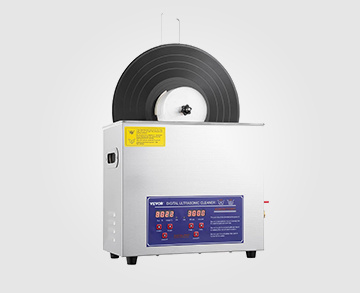
Vevor Ultrasonic Cleaner
Thoroughly clean and restore your vinyl records, removing dust, dirt, and grime from every groove without damaging the surface
Featured Upcoming Vinyl
-

Squeeze Trixies
Bmg
March 6, 2026 -

Guv Warmer Than Gold
Run For Cover
January 30, 2026 -

Tori Amos Strange Little Girls (Strange Little Girl Version) [2xLP]
Atlantic Catalog Group
February 20, 2026 -

William Basinski The Disintegration Loops (Arcadia Archive Edition) [8xLP]
Temporary Residence
February 27, 2026 -

Voxtrot Dreamers in Exile
Cult Hero Records
February 27, 2026 -

Chloe Caillet The One
Smiile Records
January 9, 2026 -

Sublime Ensenada
Sublime Recordings
January 16, 2026 -

Art School Girlfriend Lean in
Fiction
March 13, 2026 -

Mayhem Liturgy of Death
Century Media
February 6, 2026 -

Sylvan Esso Wdid B/W Keep on
Psychic Hotline
January 9, 2026 -

Various Long Distance Calling - Live At Lichtburg 2024 [3xLP]
Earmusic
January 30, 2026 -

Beyond The Black Break The Silence (Gold)
Nuclear Blast
January 9, 2026 -

Elles Bailey Can't Take My Story Away (Bone)
Cooking Vinyl
January 16, 2026 -

King Gizzard & The Lizard Wizard King Gizzard (Europe '25; Triple Coloured) [3xLP]
Reverberation Appreciation Soc
January 16, 2026
